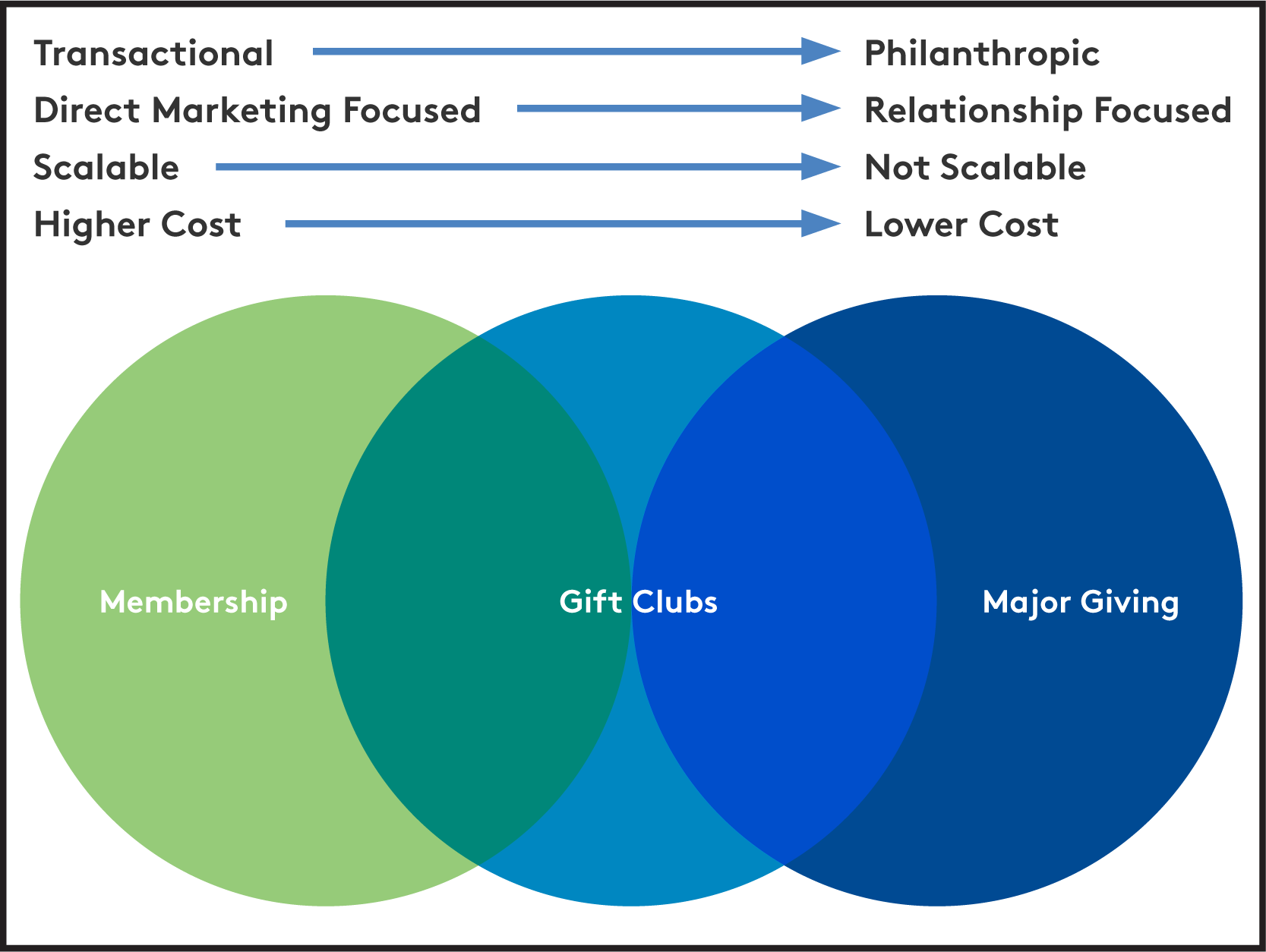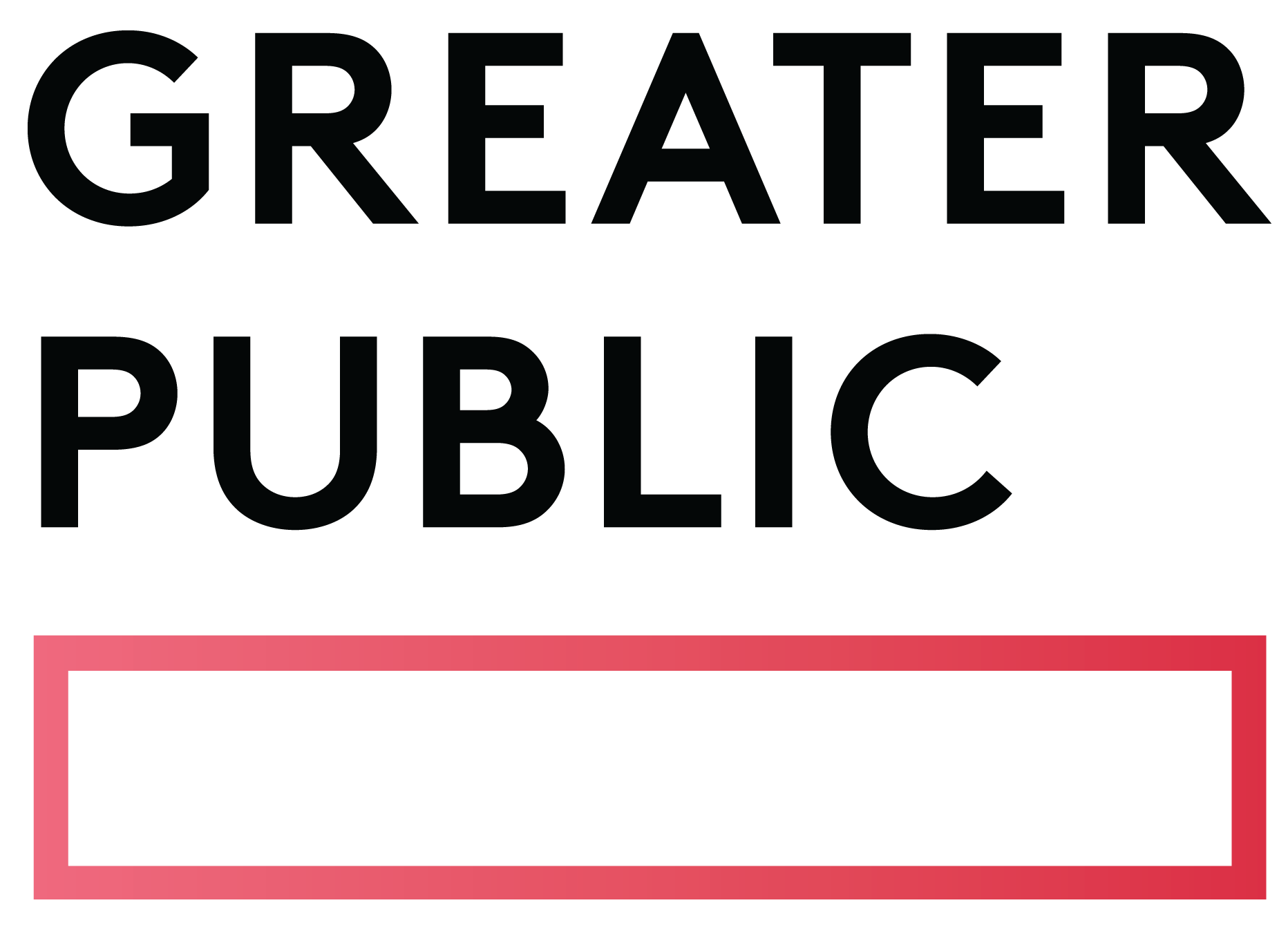Related Articles
Subscribe to the Greater Public newsletter to stay updated.
This site is protected by reCAPTCHA and the Google Privacy Policy and Terms of Service apply.

In public media individual giving, membership is king. It’s where we’ve had the most success. In fact, we’re kind of famous among nonprofits for how good we are at getting large numbers of donors to give small amounts. And that is something to be proud of.
If you work in public media major giving, you also know that our successes in membership can sometimes affect how we think about other areas of giving.
Perhaps you’ve experienced one or more of the following:
Nearly all public media organizations are fluent in membership. But when public media fundraisers take the tactics that made membership wildly successful and mis-apply them to major giving, it results in low major giving revenue and frustrated major giving officers.
These areas of individual giving exist on a continuum that donors can travel as their relationship with an organization grows. But there are distinct tactics that make each area successful:

Truly successful fundraising should maximize each donor’s capacity and organizational connection. When we understand which engagement and cultivation tactics are most effective at each stage of the individual giving continuum, we can use our limited resources to give the right kind of experience to each donor and maximize revenue.
Major gift portfolios should contain a limited number of qualified prospects who receive thoughtful, personalized cultivation and solicitation from a major gift officer, GM or leadership volunteer.
Gift clubs can contain hundreds of donors, giving between $1,200 and $5,000 annually. These donors receive a more personalized membership experience that includes touches like station tours and group luncheons. But they are still cultivated largely as a group.
Here’s an example of mis-applying tactics to a donor group:
Your station assigns all donors who give over a certain dollar amount to a portfolio and treats them similarly.
What this looks like day-to-day:
What’s behind this:
Solutions:
Greater Public members can find another example of mis-applied tactics here.
When you make the most of your station’s gift club, and use the right tactics to build a truly transformational major giving program, you maximize each donor’s capacity, organizational connection, and – most importantly – maximize revenue.

This site is protected by reCAPTCHA and the Google Privacy Policy and Terms of Service apply.
New to Greater Public? Create an account.
